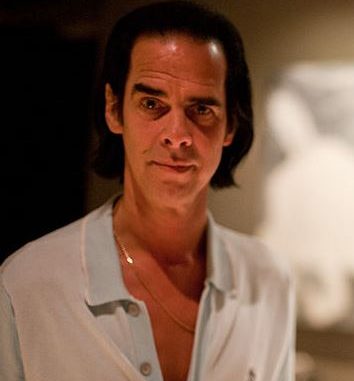
Musicians often do what they do in order to survive. Some of the best music on the planet springs from the worst tragedies, and for Nick Cave, cold tragedy is something he has written about for his entire career. His art has always been macabre and gloomy, but nothing he has written thus far compares to how lived-in the tragedy underlying “Skeleton Tree” feels.
In July 2015, Cave’s 15-year-old son Arthur fell to his death from atop a 60-foot cliff in England. The event is never directly referenced on “Skeleton Tree,” most of which was recorded prior to the loss of his son, but Arthur’s ghost haunts every melody, every note and every deeply spoken word across this album’s short, but heavily felt, 39 minutes.
As cryptic as Cave wants to be in his lyrics — and he undoubtedly is — his pain is immediately accessible in his vocal performance. In “Girl in Amber,” Cave’s voice quivers and quakes through lines like, “You kneel, lace up his shoes, your little blue-eyed boy.” Cave himself is encapsulated in an amber of his own, an extreme agony that keeps him frozen in time, unable to move forward. “I Need You” seems to have Cave on the verge of tears; he references his 2010 car accident, in which he and his twin sons (one of whom was Arthur) slammed into a traffic camera, and discusses the guilt he felt over being unable to protect his own children.
Cave does not dwell on misery, however. The final two tracks of “Skeleton Tree” provide a much-needed emotional catharsis to finish off the experience. “Distant Sky” features gorgeous vocals from Danish soprano Else Torp. “Let us go now, my darling companion / Set out for distant skies / See the sun, see it rising / See it rising, rising in your eyes,” she sings. Her heavenly voice is in stark contrast to the pained vocals Cave delivers on the rest of the album. It’s an oddly uplifting track, and it’s followed by the eponymous “Skeleton Tree,” a song that sees Cave on the sea shore, calling out to his son and understanding that “nothing is for free.” The last line of the song, and by extension the album, is “And it’s all right now.”
“Skeleton Tree” is a masterpiece and simultaneously one of the most difficult things I’ve ever listened to. It exists not just as a haunting and beautiful album, but as the nuanced and emotionally detailed story of a grieving father trying to process that which can never be fully processed.
There is no “getting over” the death of a child. The best we can do is try to stay afloat, paddling and paddling until we find shore. For Cave, “Skeleton Tree” is his life raft.
